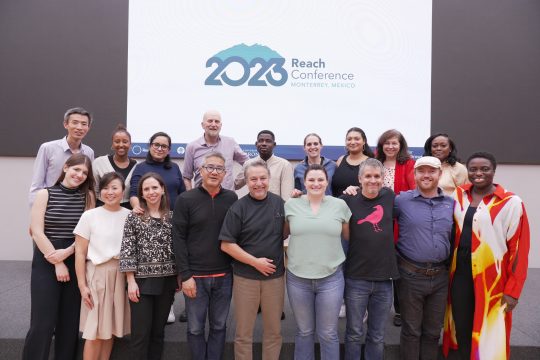During the 1960s, a countercultural movement was established in the city of Monterrey, Mexico. This subculture called itself Kolombia for its love for Colombia and Cumbia, a traditional Latin-American musical rhythm. Beyond music, Kolombians have been distinguished by their unique fashion, hairstyles, and experiences. These forms of expression have been stigmatized as socially unacceptable, in part because Cumbia has been a musical genre historically enjoyed by marginalized groups. Both Cumbia and Kolombians have been associated with conflict, violence, and street gangs, making them targets of discrimination. While a prevailing media narrative suggests the disappearance of this subculture following the Mexican security crisis in the 2000s involving drug cartels’ high-profile violence, Kolombia Regia persists, maintaining a robust presence within and beyond the city. Heterogeneous and dynamic, Kolombian culture has continually reconfigured itself, preserving the legacy of previous generations and ensuring the culture’s future with its capacity for adaptation. This case study will explore how this subculture has resisted different forms of violence and how it has been vindicated over time. It also proposes a series of recommendations for developing culturally sensitive public policies that tackle insecurity in the places that Kolombias reside.
Hard to Reach
The Kolombian subculture who face ideological and social barriers and have been associated with conflict, violence, and street gangs, making them targets of discrimination.
Key Takeaways
There is a clear need to implement strategic and research-based policy measures that aim to make the spaces where the Kolombian community safer and allow its members to express their cultural identity and live dignified lives including:
- Investing in Cultural Education Programs
- Promoting Kolombian Art
- Investing in Cultural Events
- Advocating for Community Infrastructure
Acknowledgments
We are deeply thankful to the University of Toronto’s Munk School of Global Affairs and Mastercard’s Center for Inclusive Growth for fostering and supporting a youth-oriented, international, and interdisciplinary initiative that allows for conversation about the “important stuff.” Our thanks to Marin MacLeod, Moni Kim, and everyone in the Reach Alliance team for their encouragement and leadership, Jacqueline Larson for her invaluable editing, and Gloria Eid for guiding us through the complexities and joy of working collaboratively. We thank our professors and mentors Iza Siller, Ingrid Galicia, Nadia Vázquez, Maria Teresa Martínez, Yacotzin Bravo, Ignacio Irazuzta, and Ana González for their academic guidance and valuable advice.
We also gratefully recognize all our interviewees for generously sharing their stories.
Their narratives transformed our perspective of the world. We especially thank Ivonne Azpeytia and Yasodari Sanchez for their kindness and support. We acknowledge the tireless effort they put into building the historical memory of women within the Kolombia Regia, promoting spaces for learning, developing initiatives that foster the diffusion of different expressions of art, and paving the way for future generations. Finally, we acknowledge our hopes for our professional future. We found a love for research that we aspire to continue cultivating. Because this marks our first publication, we earnestly look forward to it being the first of many. We remain open and excited to come across and explore topics that resonate and captivate us, much like Kolombia Regia.







